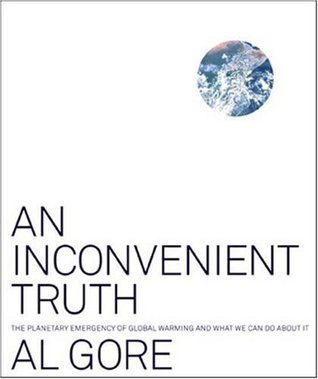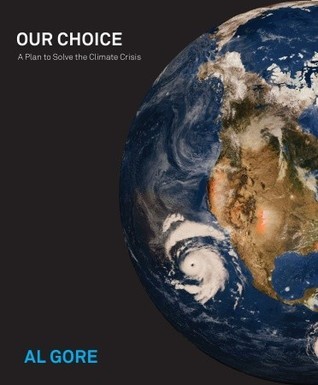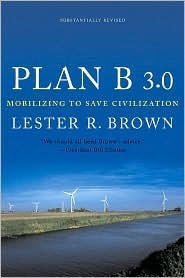
Penguin Celebrations Revenge Of Gaia
Book Description
A world on the brink faces its reckoning in "Penguin Celebrations: Revenge of Gaia." As the delicate balance of nature unravels, humanity's relentless greed awakens ancient forces. From the icy realms of the Arctic to the bustling streets of urban chaos, a gripping battle unfolds between survival and extinction. Voices unheard rise to challenge the status quo, and the fate of the planet hangs in the balance. Hope flickers in the darkness, but time is running out. Can a divided society unite and heed the urgent call of the Earth before it's too late? Is redemption even possible in the face of impending doom?
Quick Book Summary
"Penguin Celebrations: Revenge of Gaia" by James E. Lovelock delivers a powerful warning about the urgent ecological crises threatening our planet's survival. Drawing on his Gaia theory, Lovelock presents Earth as a self-regulating, living system whose balance is now dangerously destabilized by human actions—especially climate change, deforestation, and pollution. The book weaves together science, philosophy, and urgent advocacy, arguing that we have reached a critical tipping point. Lovelock issues a call for radical shifts in energy consumption, policy, and cultural attitudes. He challenges readers to reconsider the relationship between humanity and nature, emphasizing that redemption and survival are possible only through unity, humility, and decisive stewardship. As Gaia’s “revenge” looms, the survival of civilization depends on our courage to change.
Summary of Key Ideas
Table of Contents
Gaia Theory and Earth as a Living System
James Lovelock grounds his argument in the Gaia theory, which conceptualizes Earth as a complex, self-regulating organism comprised of interconnected biological and physical systems. This perspective underscores the fragility of planetary equilibrium, with Lovelock warning that humanity’s relentless exploitation of resources is undermining Gaia’s ability to maintain conditions conducive to life. The metaphor of Earth as a living entity demands a new way of thinking about our place within the biosphere, prompting a philosophical shift from conquest to coexistence.
Human-Induced Climate Crisis
Human impacts—especially the emission of greenhouse gases, rampant deforestation, and pollution—are cited as the catalysts for contemporary environmental crises. Lovelock dissects the mechanisms of climate change, outlining how industrial activities disrupt atmospheric chemistry, drive global warming, and trigger cascading effects across ecosystems. He argues that these disruptions jeopardize weather patterns, agriculture, and water supplies, pushing the Earth system dangerously close to irreversible tipping points.
Feedback Loops and Ecological Collapse
Central to the book are the concepts of feedback loops and potential collapse. Lovelock illustrates how initial human-induced changes can amplify themselves—for example, melting polar ice reduces the Earth’s reflectivity, causing further warming. Such feedbacks create nonlinear responses in ecological systems and threaten to propel the planet into a new, inhospitable state. He warns that if left unchecked, these changes could result in widespread extinction and the collapse of human civilization.
Technological Solutions and Limits
Lovelock evaluates a range of technological and policy solutions, from renewable energy sources such as wind and solar to more controversial options like nuclear power and geoengineering. While acknowledging the necessity of innovation, he remains skeptical about quick fixes. Instead, he urges a combination of immediate emissions reductions, ecosystem restoration, and robust international cooperation. Lovelock cautions that only transformative action—rather than incremental improvements—can avert disaster.
Ethical Responsibility and the Path Forward
Finally, Lovelock frames the environmental crisis as a profound ethical and philosophical challenge. He calls for humility in recognizing humanity’s dependence on Gaia’s systems and responsibility to future generations. Emphasizing the need for solidarity and global unity, Lovelock insists that redemption remains possible. However, survival will require not only technical ingenuity but also a fundamental reorientation of values, prioritizing ecological stewardship over short-term gain. The fate of the Earth, he concludes, will depend on our collective willingness to change.
Download This Summary
Get a free PDF of this summary instantly — no email required.





